Unveiling Painless Anti-Aging Treatments for Radiance
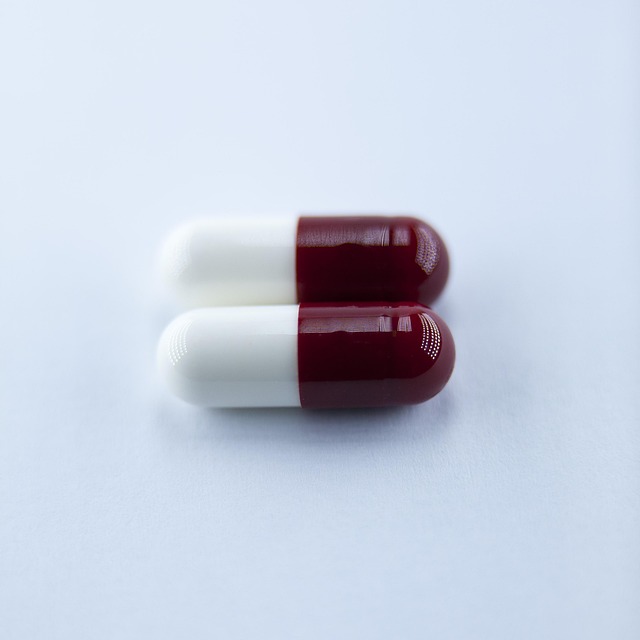
Skin aging is influenced by internal and external factors, mainly attributed to decreased collagen a…….
In the quest for eternal youth, skincare enthusiasts and scientists alike have long sought ways to combat the inevitable signs of aging. Among the myriad concerns, wrinkles stand as a universal symbol of time’s passage. This article delves into the captivating world of wrinkle reduction, exploring its multifaceted strategies, global impact, and the transformative potential it holds for the beauty industry. Prepare to embark on a journey where science meets aesthetics, as we uncover the secrets to achieving smoother, more radiant skin.
Definition: Wrinkle reduction is a comprehensive approach aimed at minimizing the appearance of fine lines and wrinkles on the skin, restoring a more youthful complexion. It involves a combination of medical treatments, skincare routines, lifestyle modifications, and advanced technologies.
Core Components:
Skin Care Rituals: Daily cleansing, moisturizing, and sun protection form the foundation of wrinkle reduction strategies. These rituals help maintain skin hydration, elasticity, and shield it from environmental damage.
Topical Treatments: Anti-aging creams, serums, and patches containing ingredients like retinol, vitamin C, peptides, and growth factors are designed to stimulate collagen production, reduce wrinkles, and enhance skin texture.
Esthetic Procedures: Various medical procedures such as chemical peels, microdermabrasion, laser treatments, and injections (e.g., Botox) offer more intense wrinkle reduction. These techniques target specific skin concerns and require professional expertise.
Historical Context: The quest for wrinkle reduction has deep roots in human history. Ancient civilizations used natural remedies and herbal extracts to nourish the skin. Fast forward to the modern era, and scientific advancements have led to groundbreaking discoveries in dermatology. Today, we harness the power of cutting-edge technologies, such as nanotechnology and advanced laser systems, to address wrinkles from multiple angles.
Wrinkle reduction has transcended cultural boundaries, becoming a global phenomenon. The skincare industry’s focus on anti-aging treatments has sparked significant market growth worldwide. Here’s a glimpse into the international landscape:
| Region | Market Size (2022) | Projected Growth (2025) |
|---|---|---|
| North America | $13.8 billion | 7.5% |
| Europe | $9.2 billion | 6.2% |
| Asia-Pacific | $14.5 billion | 8.9% |
| Latin America | $2.5 billion | 5.1% |
| Middle East & Africa | $1.8 billion | 7.2% |
Regional Differences:
Asia-Pacific: Known for its diverse skincare preferences, this region is witnessing a surge in demand for advanced wrinkle reduction treatments, particularly in countries like South Korea and Japan, where skincare innovation thrives.
North America: The United States dominates the market with its robust beauty industry and early adoption of technological advancements, while Canada shows a growing interest in natural, plant-based anti-aging solutions.
Europe: With stringent cosmetic regulations, Europe offers a mix of traditional and innovative products, focusing on safety and efficacy. Countries like Germany and France are known for their high-quality skincare brands.
Latin America and Middle East & Africa: These regions are witnessing increasing awareness about skincare, with a growing middle class embracing anti-aging treatments, often influenced by Western beauty trends.
The wrinkle reduction market is a thriving economic sector, attracting substantial investments and driving innovation. Here’s an analysis of its economic impact:
Market Dynamics: The global skincare market, led by wrinkle reduction, is characterized by intense competition and rapid innovation. Companies invest heavily in research and development to create effective, yet safe, products.
Investment Patterns: Private equity firms and venture capitalists have shown a keen interest in anti-aging startups, fueling the development of new technologies and ingredients. This trend has led to numerous partnerships and acquisitions in the industry.
Economic Impact on Industries: The beauty industry’s growth is closely tied to consumer spending on personal care. According to a 2022 report by Grand View Research, the global skincare market size was valued at $178.4 billion in 2021 and is projected to expand at a CAGR of 9.3% from 2022 to 2030.
The field of wrinkle reduction has witnessed remarkable technological breakthroughs, revolutionizing skincare practices.
Nanotechnology: Nanosized ingredients can penetrate deeper into the skin, enhancing product efficacy. Nanoparticles deliver active compounds directly to targeted areas, improving absorption and reducing potential side effects.
Advanced Lasers: Laser technology offers precise treatment options for wrinkles, pigmentation, and skin texture issues. Fractional lasers, for instance, stimulate collagen production while minimizing downtime.
AI and Machine Learning: These technologies enable personalized skincare routines by analyzing individual skin types and concerns. AI-powered apps can provide tailored product recommendations and track progress over time.
3D Printing of Skin: Researchers are exploring 3D printing for custom-made skin models to test the safety and efficacy of new anti-aging formulations, bridging the gap between lab testing and clinical trials.
The regulatory landscape plays a pivotal role in shaping the wrinkle reduction industry, ensuring consumer safety and product quality.
Cosmetics Regulations: Stringent regulations govern cosmetic products’ ingredients, manufacturing processes, and labeling. For instance, the EU’s Cosmetics Regulation (EC) No 1223/2009 sets rigorous standards for product safety and transparency.
Drug and Medical Device Approval: Treatments involving drugs or medical devices, such as Botox injections, require approval from regulatory bodies like the FDA (U.S.) or EMA (Europe). These processes ensure that treatments are safe, effective, and well-tolerated by patients.
Good Manufacturing Practices (GMP): GMP guidelines ensure consistent product quality and safety during manufacturing. Compliance is mandatory for companies producing skincare products and medical devices worldwide.
In recent years, there has been a noticeable shift towards natural and sustainable skincare solutions, including those targeting wrinkles.
Plant-Based Ingredients: Active ingredients derived from plants offer alternative options to synthetic compounds. Research suggests that botanical extracts like green tea, aloe vera, and marine algae can provide anti-aging benefits, such as improving skin elasticity and reducing fine lines.
Sustainable Packaging: The industry is embracing eco-friendly packaging materials, addressing environmental concerns while promoting sustainable beauty practices.
Customer Awareness: Consumers are increasingly demanding transparent product information regarding ingredients, sourcing, and manufacturing processes. This trend encourages brands to prioritize ethical and sustainable practices.
Understanding consumer behavior is essential for tailoring wrinkle reduction strategies. Key trends and preferences include:
Personalized Skincare: Customers seek customized solutions tailored to their specific skin types, concerns, and goals. Personalized product recommendations based on AI-driven analysis are gaining popularity.
Digital Engagement: The rise of social media and online communities has created a platform for consumers to share skincare experiences, product reviews, and tips, influencing purchasing decisions.
Wellness-Informed Choices: Many consumers now approach skincare as part of a holistic wellness routine. They prioritize products that offer not just anti-aging benefits but also support overall skin health and well-being.
Convenience and Accessibility: On-demand delivery services and digital platforms make skincare products more accessible, allowing consumers to shop from the comfort of their homes.
While the wrinkle reduction market is thriving, several challenges must be addressed for sustainable growth and consumer satisfaction.
Regulation and Safety: As new technologies emerge, regulatory bodies must adapt to ensure product safety. Balancing innovation with regulation is crucial to prevent potential risks associated with untested ingredients or procedures.
Individualized Solutions: Every individual has unique skin needs. Developing personalized treatments that cater to diverse skin types, ethnicities, and concerns remains a significant challenge.
Sustainability: The industry must address environmental impacts, from ingredient sourcing to packaging waste, by adopting sustainable practices throughout the product lifecycle.
Consumer Education: Misinformation and unproven claims can lead to consumer confusion. Providing evidence-based education about skincare and anti-aging treatments is essential to fostering trust in the industry.
The wrinkle reduction landscape is dynamic, with technological advancements pushing boundaries and consumer expectations driving innovation. As the global market continues its upward trajectory, the future holds immense potential for effective, safe, and sustainable skincare solutions. By addressing challenges through collaboration between science, technology, and regulation, we can ensure that the pursuit of radiant, healthy skin remains accessible to all.

Skin aging is influenced by internal and external factors, mainly attributed to decreased collagen a…….
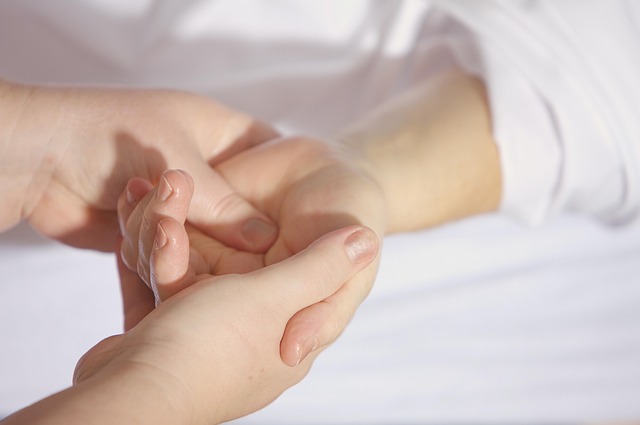
Laser wrinkle reduction is a non-invasive anti-aging treatment using low-level lasers to stimulate c…….
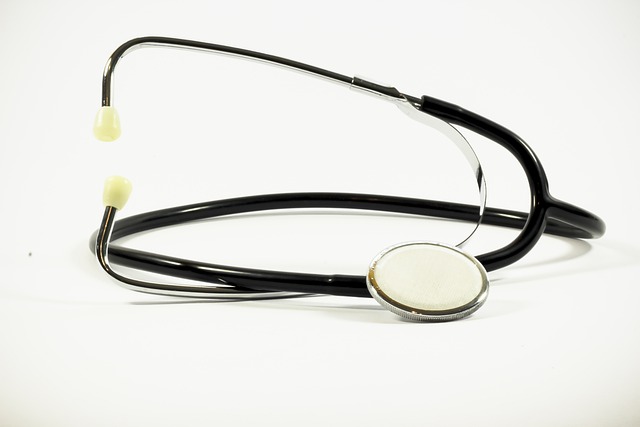
While skin aging is natural, factors like collagen decline, UV exposure, and lifestyle choices accel…….
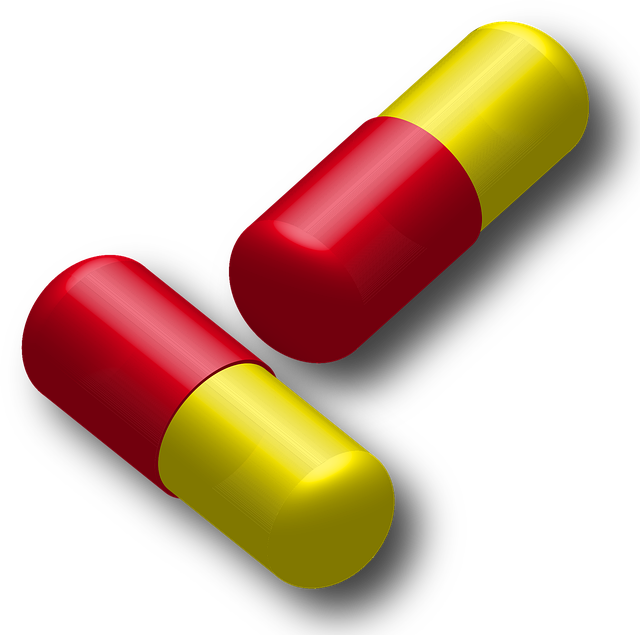
Facial wrinkles result from environmental damage, aging, and lifestyle factors. Anti-aging treatment…….
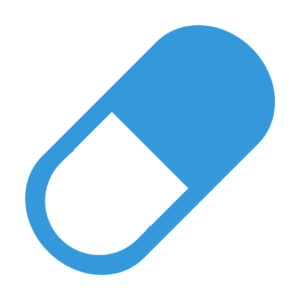
This text explores anti-aging treatments for neck and face wrinkles, caused by factors like sun expo…….
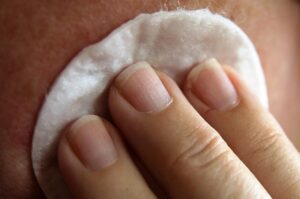
Understanding fine lines and wrinkles involves distinguishing between dynamic and static causes, inc…….

Collagen, crucial for skin elasticity and youthfulness, declines with age, leading to wrinkles. Effe…….
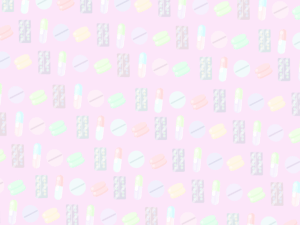
Facial wrinkles, caused by both environmental and intrinsic factors, can be addressed through a mult…….

Laser wrinkle reduction is a groundbreaking Anti-Aging Treatment that uses lasers to stimulate colla…….